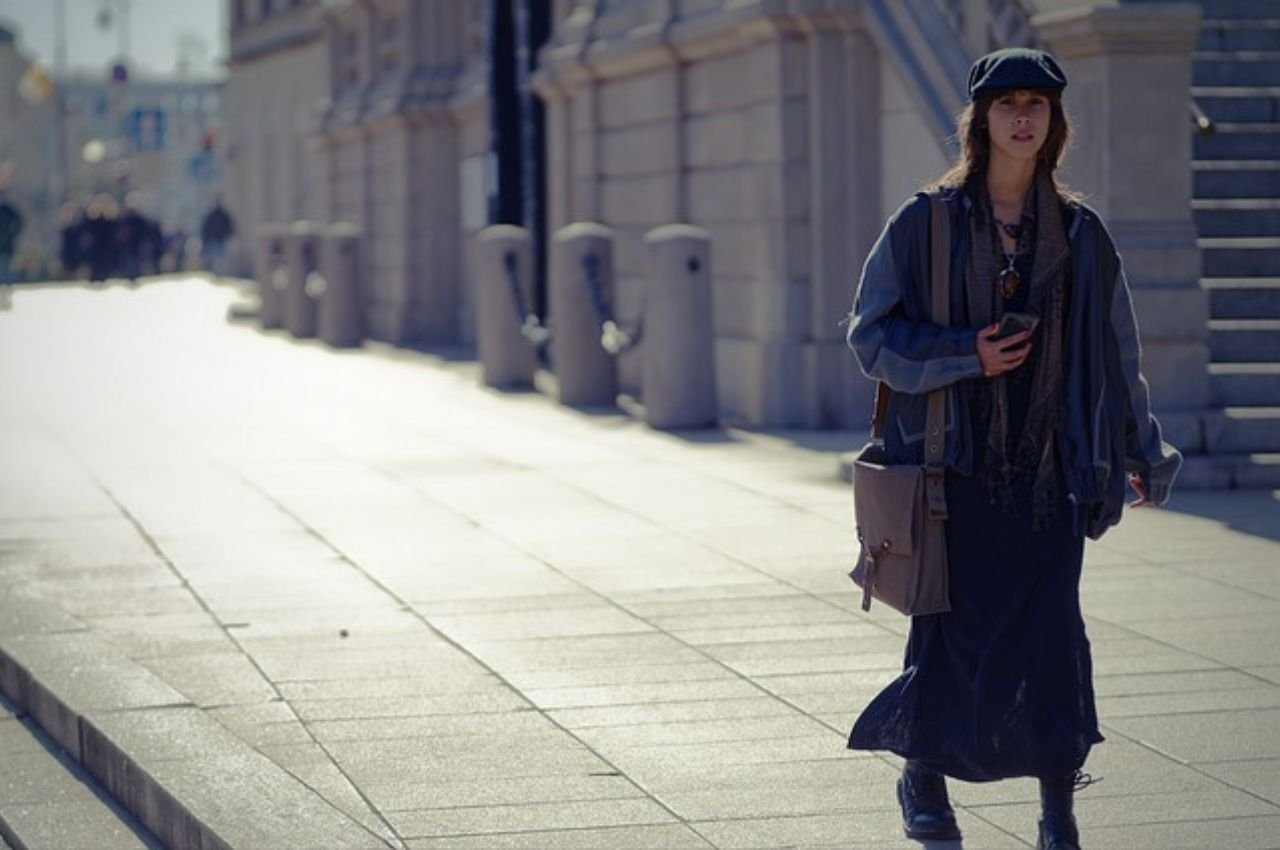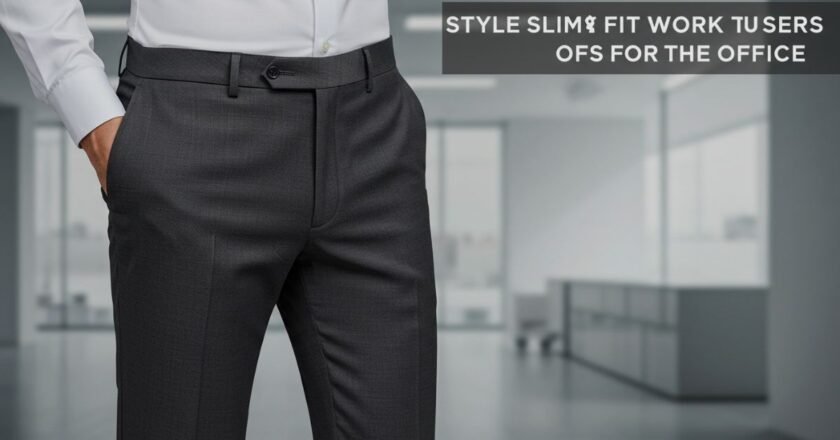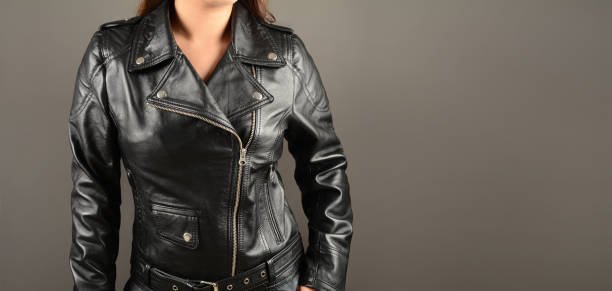Acubi fashion weaves a story of diffused revolt and quiet self-belief. Rooted in simplicity, it reveals splendor in understated designs and muted tones. Emerging from South Korea’s ever-evolving style panorama, it represents a smash from the loud traits of mainstream tradition. Acubi style invites the wearer to embody authenticity without shouting for interest.
Origins and Philosophy
Acubi style strains its roots to minimalism however evolves beyond the usual definition. It emerged as a response to the art style’s flashy patterns and relentless cycles. Acubi’s philosophy makes a specialty of timeless pieces and emotional resonance. Each object feels cautiously considered, reflecting the wearer’s inner international.
The word “Acubi” itself isn’t extensively documented, including its mystique. It means seems fluid, adapting to people who put on its essence. This flexibility mirrors the wider attraction of this fashion—open, adaptable, and deeply personal.
Key Elements of Acubi Fashion
Acubi fashion leans on muted palettes, preferring earthy tones and tender colors. Beige, charcoal, sage green, and ivory dominate its spectrum. The cuts are comfortable but intentional—oversized blazers, unfastened trousers, and flowing shirts form the cornerstone. But within those designs lies precision. Every seam, fold, and drape feels deliberate.
Textures additionally play an essential function. Linen, cotton, and wool function prominently, celebrating herbal substances. Layering is endorsed, but now not for display. It’s approximately growing in intensity and luxury. Think of a smooth cardigan over a free blouse or a headscarf draped just so.
Accessories in Acubi fashion are minimal. Leather sling baggage, understated earrings, and neutral-toned footwear supplement the outfits. These touch entire the look without overpowering the simplicity.
Acubi Fashion and Emotional Expression
Unlike other traits, the Acubi style tells testimonies via restraint. Its quiet presence permits feelings to respire. A flowing coat isn’t simply cloth; it’s a guard against chaos. A loose sweater isn’t mere garb; it’s comfort materialized.
Acubi attracts to existence’s quieter moments. A rainy afternoon, a gentle breeze, or an unstated goodbye—those come to be the inspirations in the back of its designs. The wearer, in flip, includes these feelings out into the sector.
How Acubi Fashion Is Gaining Global Attention
South Korea’s cultural exports frequently create waves globally, and Acubi fashion is not an exception. The international appeal lies in its universality. People from Tokyo to Copenhagen resonate with its central philosophy.
Social media has amplified its attain. Instagram and Pinterest exhibit individuals pairing Acubi portions with private flair. Fashion influencers curate looks that mix current existence with nostalgia. Hashtags like #AcubiStyle or #SlowFashion seize this movement’s spirit.
Fashion weeks in Seoul have also spotlighted Acubi-inspired collections. Designers reinterpret their ideas, mixing tradition with innovation. This presence on runways reinforces Acubi style’s growing influence.
A Case Study in Authenticity: Ji-Yeon Kim’s Journey
Consider Ji-Yeon Kim, a clothier who embodies Acubi fashion’s ethos. Starting her profession in business style, she grew dissatisfied with speedy traits. Ji-Yeon pivoted, founding a label rooted in Acubi standards.
Her collection emphasizes a considerate layout. One example is her “Waves” blouse. Crafted from organic cotton, it’s stimulated by way of ocean tides. Every fold mimics a wave’s rise and fall, mixing nature’s rhythm with human expression.
Within 3 years, Ji-Yeon’s logo gained a reputation. Her work seemed in niche boutiques across Seoul, London, and New York. Customers praised her dedication to fine storytelling, proving that restraint can command interest.
The Challenge of Sustainability
Acubi style advocates for slowing down. It’s a quiet protest towards disposable developments, urging conscious intake. However, the adventure in the direction of sustainability is ongoing.
Many Acubi brands prioritize herbal fabrics and small-batch manufacturing. This technique reduces waste but increases fees. Affordability turns into a hurdle for significant adoption. Larger labels inspired by Acubi styles regularly conflict to replicate its values on a mass scale.
Consumers, too, play a position. The mindset of buying less however better requires cultural shifts. Yet, as focus grows, the Acubi style’s ideals advantage traction.
Why Acubi Fashion Matters Now
In a global overwhelmed by noise, the Acubi style offers quiet solace. Its simplicity turns into a form of self-care. Choosing a tailor-made but unassuming outfit can feel grounding. Acubi reminds us to discover joy in small, planned acts—from deciding on garments to how we feature ourselves.
The fashion’s emotional intensity aligns with larger cultural movements. As people search for mindfulness and authenticity, Acubi fashion becomes more relevant. It’s not just about searching the top; it’s approximately feeling complete.
The Future of Acubi Fashion
The destiny of Acubi fashion lies in its capability to adapt while staying true to its roots. Global interest suggests it’ll evolve. Designers might also contain nearby effects, broadening its appeal.
Sustainability efforts ought to redefine the motion. Innovations in the material era may align Acubi’s simplicity with environmental needs. Collaborations among conventional artisans and present-day brands may also emerge, adding richness to the fashion.
Ultimately, Acubi fashion’s power is its soul. It’s not bound by using fleeting traits or inflexible definitions. Instead, it’s a reminder that style may be both gentle and profound.


